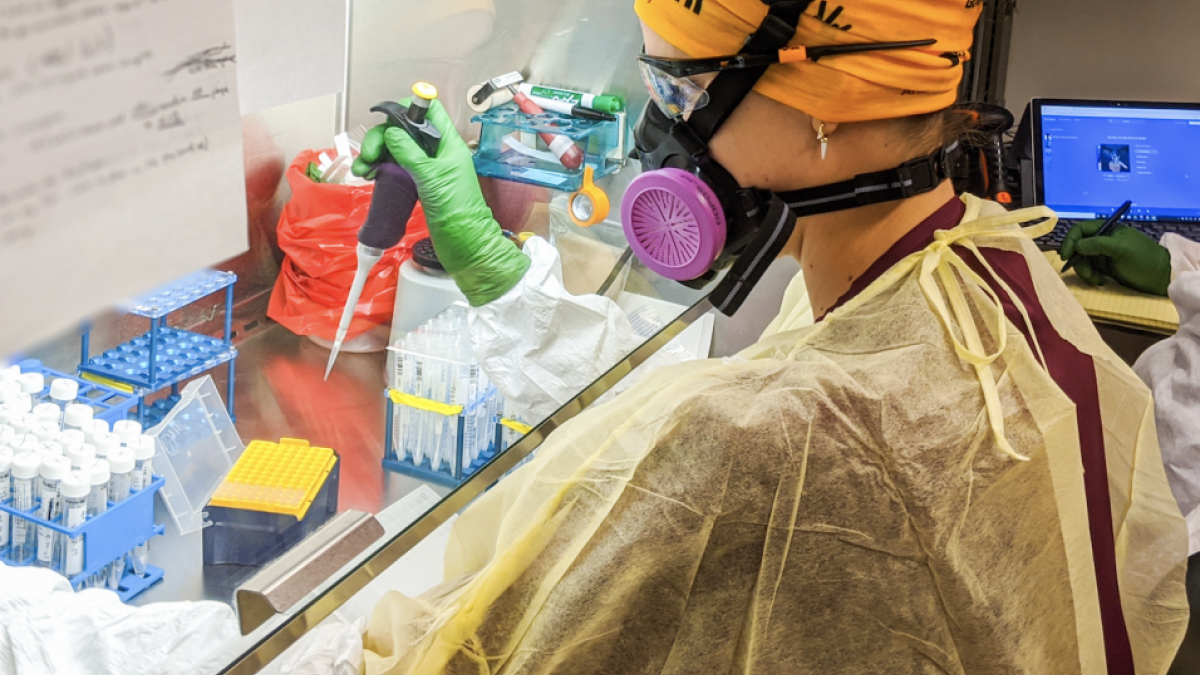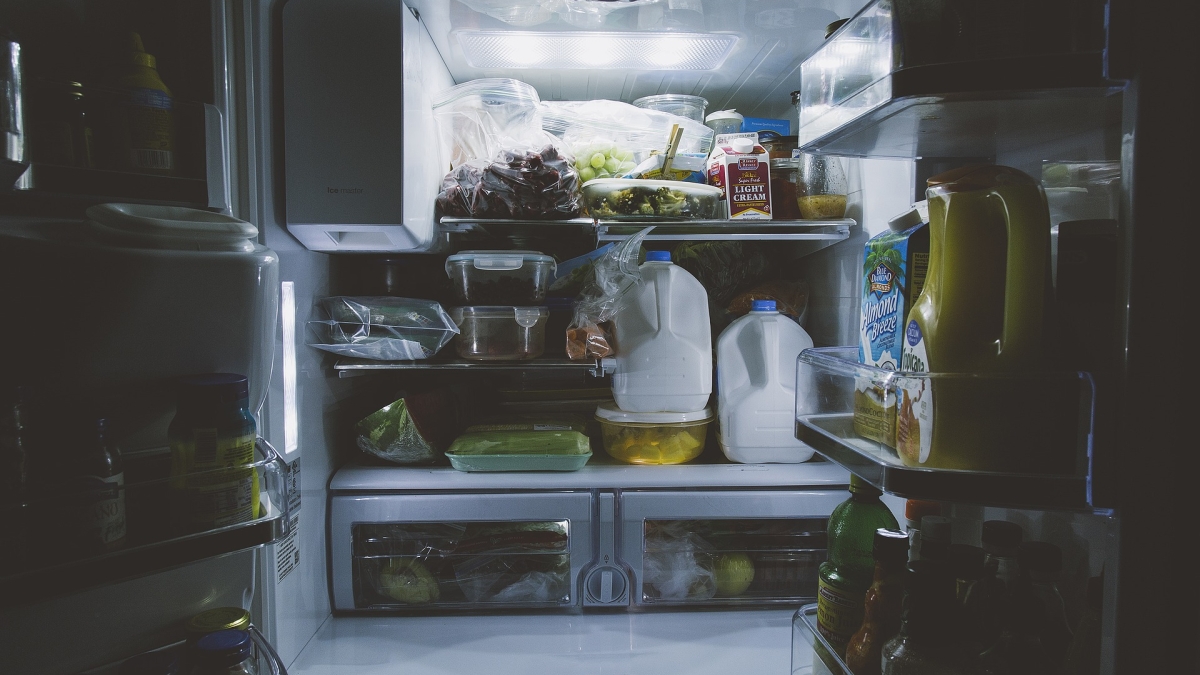Roughly $165 billion worth of food is wasted every year in the United States, most of it at the household level. In a recent study, ASU College of Health Solutions researcher Chris Wharton and colleagues employed a values-based intervention in an attempt to reduce household food waste in 53 families in the Phoenix area.
Wharton encourages any families interested in reducing their own food waste to visit the website where the same educational materials used by study participants are accessible to the general public.
Have a look at this list of tips from the site to get you started:
1. Instead of throwing out stale or about to spoil food, try a recipe that uses basic kitchen staples and scraps.

You can save money, eat better and help the environment just by cooking at home and making the best use of your ingredients and leftovers. Remember that food wasted is money, resources and an opportunity to eat healthy wasted.
- Have some essential cooking tools, staple ingredients and flavor enhancers on hand.
- Check out what you have already before checking out the store, and buy frozen when you can.
- Shop based on recipes for the coming week, including quick meals for busy nights.
- Watch out for food about to go bad, and use it up before it does.
- Keep containers handy to store leftovers and excess prepped ingredients.
2. Shop smarter.

Shopping smarter to avoid food waste will help you save money – about $1,500 a year for an average four-person family is thrown away through food waste. Keeping that food out of the landfill will also help protect the environment and reduce methane emissions, as well as provide you with more opportunities for healthy eating. Go in with a plan, come out with only what you need for healthy and low-waste meals.
- Know what foods you have on hand and what ingredients you’ll need soon.
- Plan your shopping with a list based on what you need for specific meals for the coming week.
- Eat a snack before shopping, or sniff the produce section when you start.
- Avoid impulse purchases caused by hunger, seemingly good deals and taking a cart when you don’t need one.
- Shop as often as fits your lifestyle to reduce how much you need to buy each trip and get the freshest available foods.
3. Store food better.

How you store your food can have a big impact on how quickly it goes bad, so protect it from the causes of spoilage with proper storage. As a bonus, organization can help you keep better track of what you have on hand and what needs to be used up quickly, making it easier to follow strategies for recipes and shopping.
- Invest in and use high quality storage containers for a variety of food types and quantities.
- Keep inventory of what food you have and use the first in, first out (FIFO) method to rotate stock: Stock new purchases in the back so you use older ones first to keep your food stock rotating.
- Use your freezer generously, but ensure it’s at 0 degrees Fahrenheit.
- Designate some spots for staples in your pantry and fridge to keep it consistent and place items in the proper part of the fridge – milk and dairy in the back and veggies and fruits in the crisper.
- Properly wrap foods before freezing them and label with what they are and the date.
- Protect against air, light, pets, temperature and bacteria – common causes of spoilage.
4. Learn how to decipher expiration dates and other food labels.

“Expiration dates” can be confusing and lead to throwing away perfectly good food, but fortunately we have some advice for how to move past the confusion: Ignore them! Don’t let date labels on foods overrule common sense – you’re better at telling if it’s spoiled.
- Date labels are not an indicator of safety, and for the most part can be ignored.
- The best indicators of whether food is safe to eat or not are your own senses of sight, touch, smell and taste.
- Only infant formula has a federally required date label.
- Arizona only requires a date label for eggs.
- Most items retain their quality and safety well past the printed date label.
- Canned foods are usually good for two to five years, or 12 to 18 months for high-acidity canned foods.
5. Use best practices for freezer storage.

A freezer can be a really powerful tool to buy yourself more time before getting around to using foods that would otherwise spoil, and can even transform the ways you use certain foods (like frozen fruits in smoothies).
- Freeze almost anything (including leftovers) – just not canned foods or eggs in the shell – for almost any duration.
- Keep your freezer at 0 degrees Fahrenheit (and your fridge below 40 degrees Fahrenheit) – ice cream should feel brick hard.
- Keep your freezer about 75% full and allow for air flow around stored foods.
- Pack your food properly by minimizing air in their containers and labeling them before placing in the freezer.
- Keep track of what’s in your freezer and where it is – don’t let it become a frozen graveyard for your food.
- Blanch or puree produce before freezing and don’t refreeze meat or seafood.
Top photo courtesy of Pixabay
More Health and medicine

Bird flu: Your questions on symptoms, spread and safety answered
Bird flu is no longer only “for the birds.”Infections have expanded beyond wild birds and poultry to a range of animals — from mice to mountain lions, dairy cows to domestic cats, and polar bears to…

Making medicine side-effect free
Many drugs that address medical conditions can come with serious side effects. In drug commercials, the litany of potential side effects is often longer than the benefits being touted. Carl…

Diagnostic research happening at ASU focused on detecting diseases earlier to save lives
It was one of America’s founding fathers, Benjamin Franklin, who may have foreshadowed today’s health care innovation when he quipped the adage: An ounce of prevention is worth a pound of cure.In…


